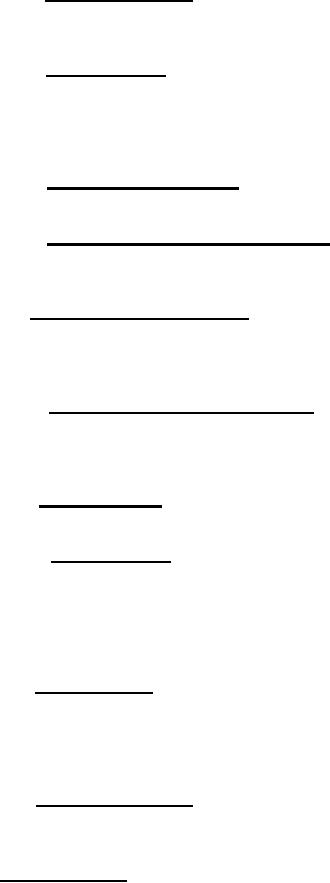 |
|||
|
|
|||
| ||||||||||
|
|  MIL-T-18847C(AS)
3.14.8.1.4 Roving slippage. The roving slippage from the machine causes
an applied position sideways which achieves a more natural winding path on the
surface of the tank but shall be not greater than 0.250 inches.
3.14.8.1.5 Roving knots. There shall be no knots in the rovings. If a
roving is broken during the winding operation it shall be repaired by
overlapping the ends of the roving on the part by 2 inches minimum. A knot
may be tied to pull the roving through a resin bath to the part, however, the
knot must be cut out when the end is placed on the part.
3.14.8.1.6 Roving resin control. All roving, whether pre-impregnated
or
wet wound, must be thoroughly impregnated.
3.14.8.1.7 Uniform composite construction. Uniform structural composite
construction shall be maintained from the beginning to end of each winding
operation (circumferential and helical).
3.14.8.2 Composite sandwich core. The structural composite sandwich core
shall be of the best quality materials consistent with the general and special
characteristic requirements of this specification and in accordance with
paragraph 3.14.4.
3.14.8.2.1 Materials voids or build-ups. Foam voids or build-ups that
exist over 0.2 square inch shall be repaired to ensure uniform sandwich core
integrity and construction (see 3.14.8.4). Foam voids or build-ups are
limited to 0.5 square inch in one square foot.
3.14.8.2.2 Splice gaps. Splice gaps between sections of core material
shall be not greater than 0.250 inches.
3.14.8.2.3 Crushed core. Crushed structural core material shall not be
used in any part of the tank wall structure. Crushed core is defined as
honeycomb core material with bent, crushed, or fractured faces of the
honeycomb cell involving more than 3 percent of a 16 square inch area, or
structural foam depressed below its nominal thickness by 0.030 inch over
-5 percent of a 16 square inch area.
3.14.8.3 Penetrations. Care should be taken in the design of the tank to
minimize unnecessary penetrations through the tank wall in order to conserve a
light weight condition and increase strength. All penetrations should be
reinforced and sealed to prevent moisture, fuel, or chemical environmental
damage and withstand the load requirements of 3.5.1.5 and 3.15.2.
3.14.8.4 Repair procedure. For Type H tank, the contractor shall provide
a procedure for the repair of a filament wound tank having damage including
complete penetration of the filament windings and liner.
Type II tanks shall meet the following survivability
3.15 Survivability.
requirements.
18
|
|
Privacy Statement - Press Release - Copyright Information. - Contact Us |